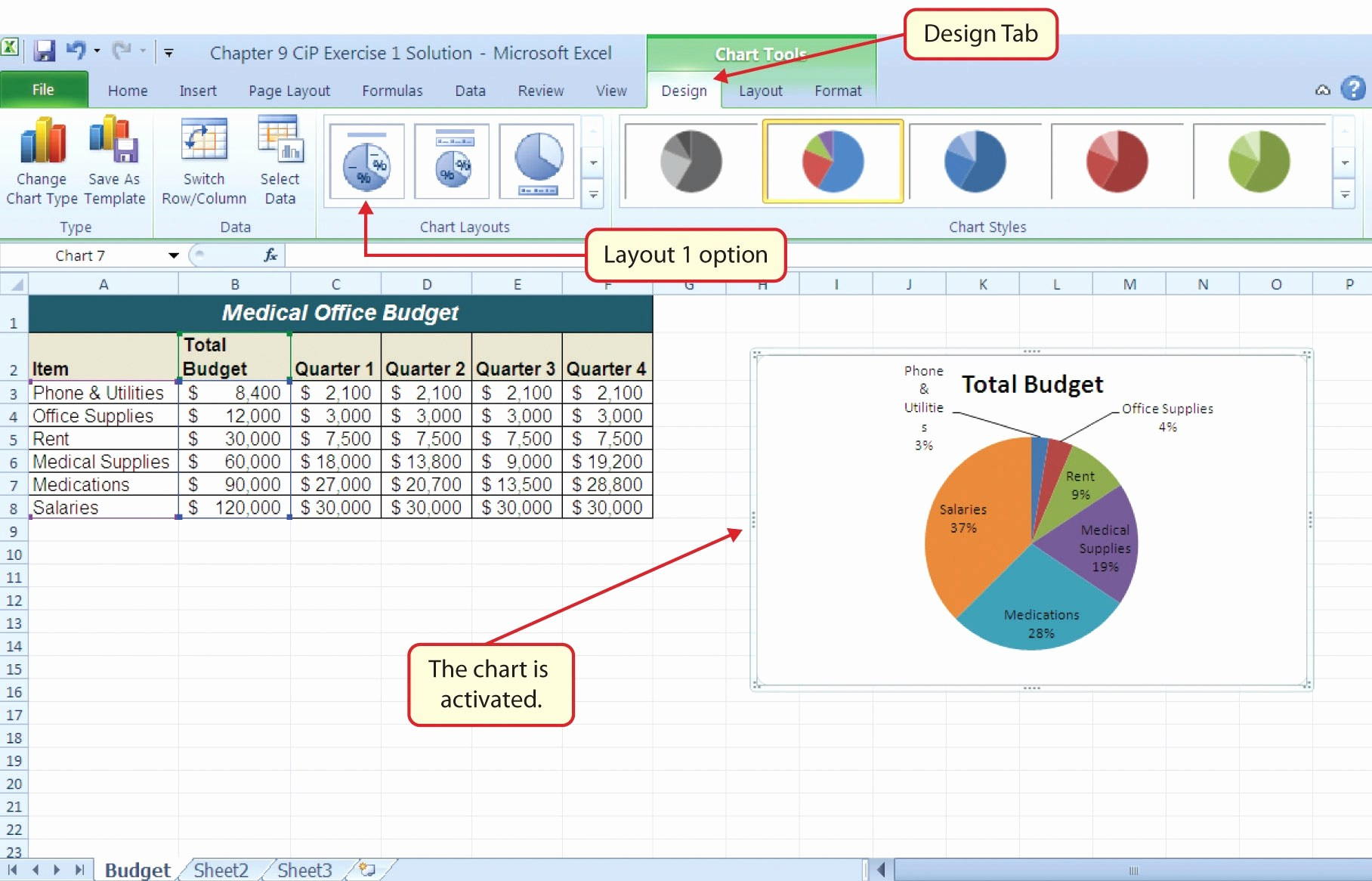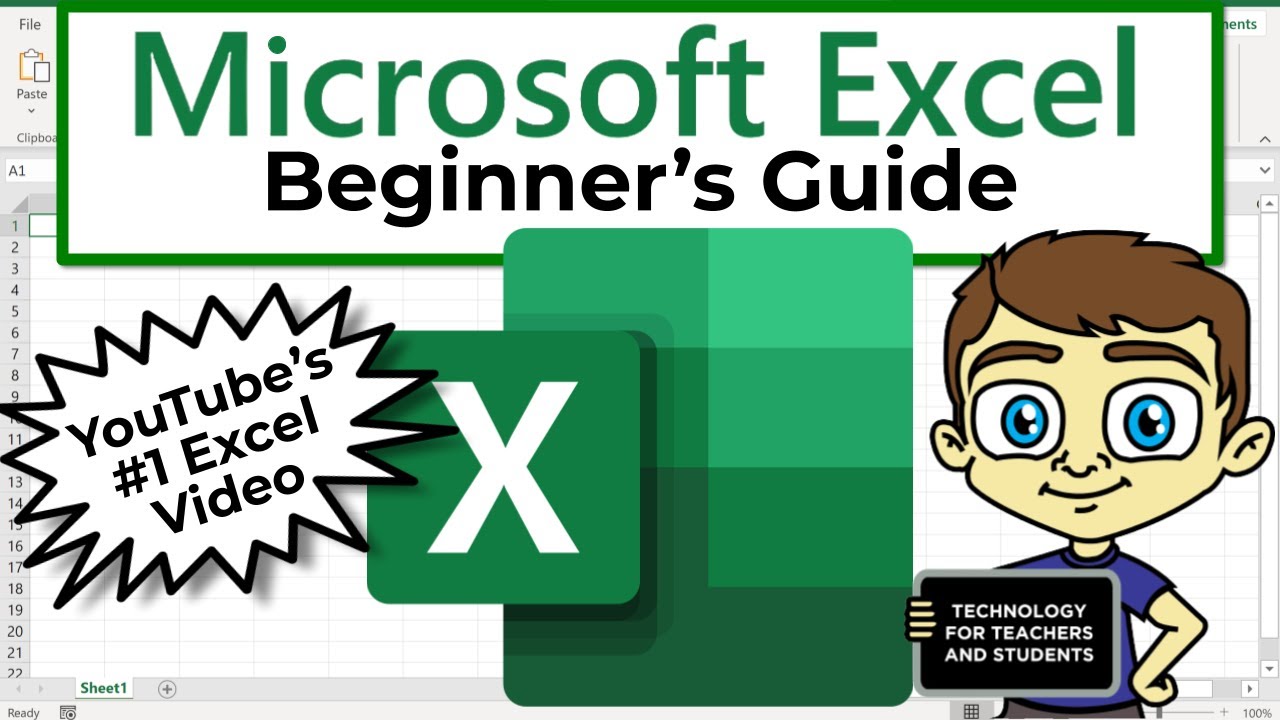5 Essential Tips for Excel Spreadsheet Mastery

If you're aiming to become an expert in Excel spreadsheets, there are several tips and techniques you can employ to make your journey smoother and more efficient. Excel isn't just a tool for basic data entry; it's a powerful application capable of handling complex data analysis, automation, and much more. Here's a guide to mastering Excel with practical tips and techniques:
1. Understand Excel Formulas and Functions


Excel’s strength lies in its functions and formulas. Here’s how you can harness this power:
- VLOOKUP and HLOOKUP: Use these functions for vertical or horizontal lookup, respectively, to find data in a table or range by row.
- INDEX and MATCH: More flexible than VLOOKUP, these functions can return a value or reference of cell at the intersection of a particular row and column.
- SUMIF and COUNTIF: Ideal for conditional summing or counting based on specific criteria.
- IF Statements: Create logical tests that can manipulate data based on certain conditions.
💡 Note: Always use absolute cell references (A1) when you want formulas to copy down rows or across columns without changing references.
2. Leverage Data Validation

Excel’s Data Validation feature can prevent incorrect data entry, ensuring your spreadsheets remain accurate:
- List: Limit user input to a predefined list.
- Date: Ensure entered data falls within a date range.
- Custom: Use custom rules or formulas for more complex validations.
3. Utilize PivotTables for Data Analysis


PivotTables are indispensable for summarizing, analyzing, exploring, and presenting your data:
- Drag fields into different areas (Row, Column, Values, Filter) to organize your data as needed.
- Use Slicers for interactive filtering.
- Create Calculated Fields to perform more complex analyses within PivotTables.
4. Automation with Macros and VBA

Once you get comfortable with Excel, you’ll want to automate repetitive tasks:
- Start by recording simple macros for basic tasks.
- Learn Visual Basic for Applications (VBA) to write more complex scripts.
🔍 Note: Macros and VBA can significantly boost productivity but require a basic understanding of programming concepts.
5. Advanced Techniques

Here are some advanced Excel techniques to take your spreadsheets to the next level:
- Power Query: For advanced data transformation and connection to external data sources.
- Conditional Formatting: Highlight trends and patterns in your data automatically.
- Advanced Charting: Custom charts, trendlines, and dynamic labels to visualize data effectively.
Organizing Data with Excel Tables

Using Excel Tables makes your data management easier:
| Feature | Benefit |
|---|---|
| Structured Referencing | Intuitive data handling with names instead of cell references. |
| Auto-Expansion | Tables automatically expand when new data is entered. |
| Filters | Quickly sort or filter data in the table. |
| Table Styles | Professional and uniform formatting applied instantly. |

Mastering Excel is a journey of continuous learning and practice. From basic functions to complex automation, each step you take will enhance your ability to manipulate and analyze data efficiently. By following these tips, you can transform raw data into meaningful insights, making decision-making processes smoother and more data-driven.
What is the difference between VLOOKUP and INDEX-MATCH?

+
VLOOKUP can only look for values from left to right, while INDEX-MATCH provides more flexibility as it can retrieve values from both directions and is more efficient in larger datasets.
Can Excel run macros without enabling content?

+
No, to run macros in Excel, you must enable content or set your macro security settings to allow macros to run. Always ensure macros are from a trusted source before enabling.
How often should I save my Excel work?

+
Save your work frequently, especially when performing complex operations or when working on important data. An interval of every 15-30 minutes is recommended, or use AutoRecover to set automatic saves.